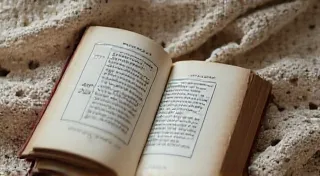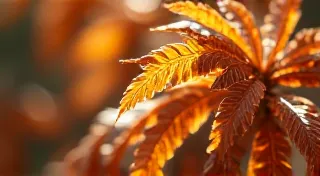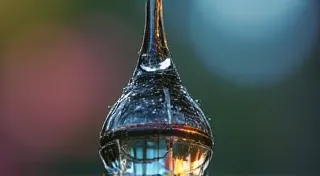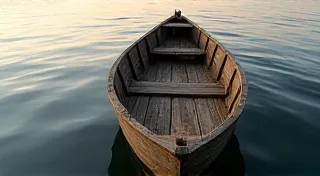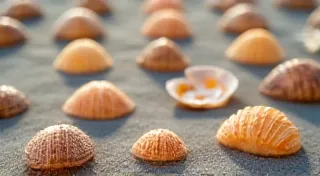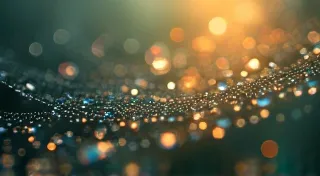The Button’s Verse: Narrative Poems Inspired by Vintage Keepsakes
There’s a quiet hum in the boxes, a murmur of forgotten lives. They reside in velvet-lined compartments and tissue paper nests – vintage buttons. They aren’t just fasteners; they’re tiny, gleaming time capsules. Each one whispers of eras gone by, of the hands that sewed them onto garments, and the individuals who wore those garments into history. For me, these diminutive objects have become wellsprings of inspiration, not for crafts or displays, but for poetry – narrative poems born from the silent stories they hold.
My fascination began not with a feverish hunt for rare finds, but with a simple inheritance: my grandmother's button collection. A rainbow of materials – glass, metal, shell, horn, Bakelite – shimmered under the attic light. There were military buttons, intricate floral designs, humble utilitarian fasteners. They weren't just things; they were echoes.
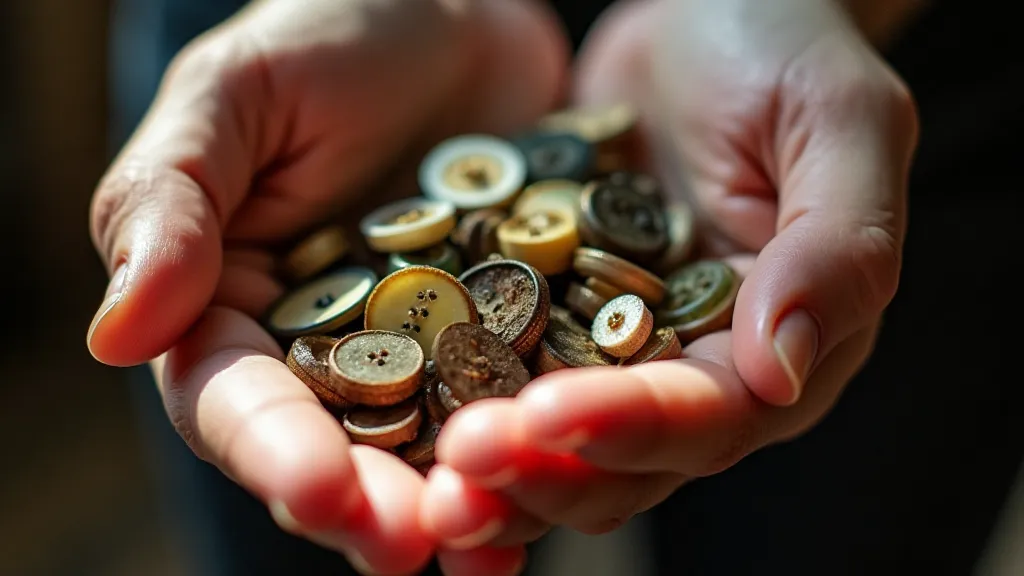
A Brief History: More Than Just Fasteners
To truly appreciate the poetry within these treasures, understanding their history is essential. Buttons themselves aren’t ancient, predating zippers by centuries. Before the 14th century, garments were often secured with pins, brooches, or sewn edges. The earliest buttons were simple, often made of wood, bone, or horn, primarily serving a functional purpose. The introduction of buttonholes, initially an expensive and time-consuming endeavor, transformed clothing and propelled the button’s ascent.
The Renaissance saw buttons evolve into decorative elements, reflecting the opulence and artistry of the era. Metalworking techniques advanced, leading to intricate designs and embellishments. Wealthy individuals adorned their garments with elaborate button arrangements, signifying status and taste. The industrial revolution brought mass production, making buttons accessible to a wider population. Suddenly, a child’s coat or a laborer’s shirt could be fastened with buttons, once a luxury afforded only to the privileged.
The 19th and 20th centuries witnessed an explosion of styles and materials. Glass buttons, often hand-painted with astonishing detail, became fashionable. The rise of plastics in the mid-20th century brought bold colors and innovative designs, often reflecting the optimistic spirit of the post-war era. Each button, therefore, isn't just a fastener; it's a marker of an era, a tangible link to the past. Recognizing this deepens the narrative potential.
Finding the Story Within: From Button to Verse
How do I transform a handful of buttons into a poem? It starts with observation. I hold a button, turn it in the light, examine its markings. A military button, perhaps, bearing the insignia of a long-forgotten regiment. The weight of history settles in my hand. It begs a story. I imagine the soldier who wore the uniform, the battles he fought, the family he left behind.
Consider a simple glass button, a pale lavender hue with a delicate floral design. It might evoke a memory of a young girl twirling in a summer dress, the scent of lilac filling the air. Or, perhaps, it belonged to a bride, a symbol of hope and new beginnings. The possibilities are limitless. There’s no need for a grand, sweeping narrative. A glimpse, a fleeting moment – that's often enough to spark the imagination.
The process isn's linear. Sometimes, a title emerges first, followed by a few lines of verse. Other times, a single image or a feeling takes precedence. I try to avoid overly sentimentalizing the story, striving for a sense of authenticity and emotional resonance. The button itself is the starting point, but the poem is a collaborative effort – a conversation between the object and my own imagination.
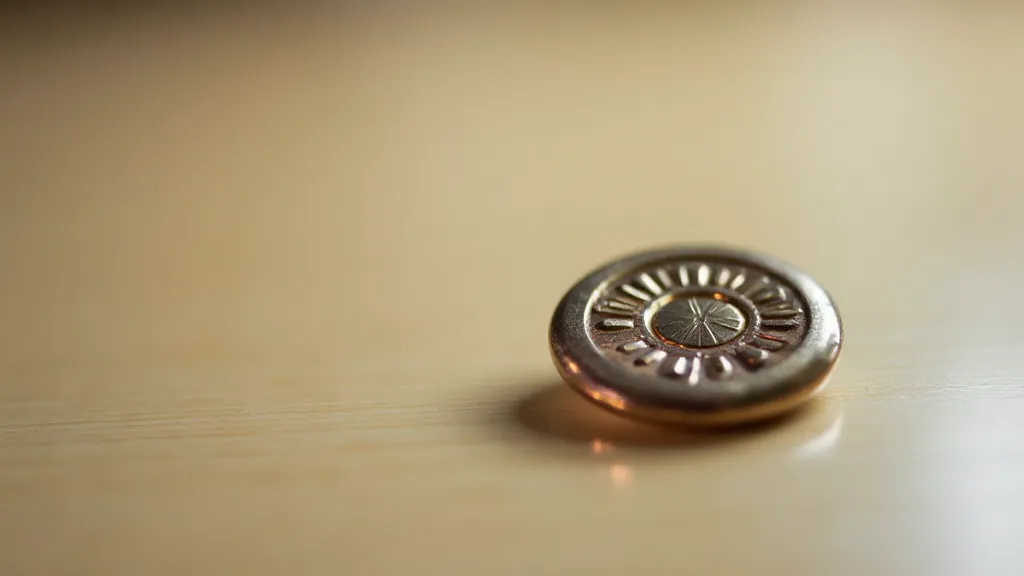
Restoration and Preservation: Respecting the Past
While I find immense inspiration from these buttons, I also recognize the importance of preservation. Many vintage buttons are fragile, susceptible to damage from sunlight, moisture, and improper handling. Cleaning should be done with utmost care, often requiring specialized solutions and techniques. A gentle wipe with a soft cloth is often sufficient for surface dust.
More complex restoration requires expertise. Replacing missing shanks (the loop that attaches the button to the garment) can be done, but requires a delicate touch and a keen eye for detail. The goal isn’t to create a perfect replica, but to stabilize the button and prevent further deterioration. It’s a respectful act, a way of honoring the craftsmanship of the original maker.
For collectors, proper storage is essential. Individual compartments lined with acid-free tissue paper can protect buttons from scratches and damage. Humidity control is also important, as excessive moisture can lead to corrosion and mold growth. These objects are delicate ambassadors from the past, and deserve to be treated with reverence.
A Poetic Example: "The Sailor's Pearl"
To illustrate, here's a short poem inspired by a single button - a small, iridescent pearl button, slightly chipped, with the faint impression of a nautical star on its surface:
The Sailor's Pearl
A chip of moon, a whispered grace,
Lost to the tide, a forgotten face.
Once clasped a coat, a seafarer’s trace,
Bound for a shore, a distant place.
The salt air clung, a subtle sheen,
A sailor's dream, a world unseen.
Now silent witness, lost and small,
A pearl's lament, a watery call.
The poem isn't meant to be a literal recounting of the button’s history. It's a meditation on loss, longing, and the enduring power of memory. It's a way of imbuing the object with a deeper meaning, a sense of poetic significance. The button is no longer just a fastener; it's a symbol, an emblem of a life lived and a story untold.
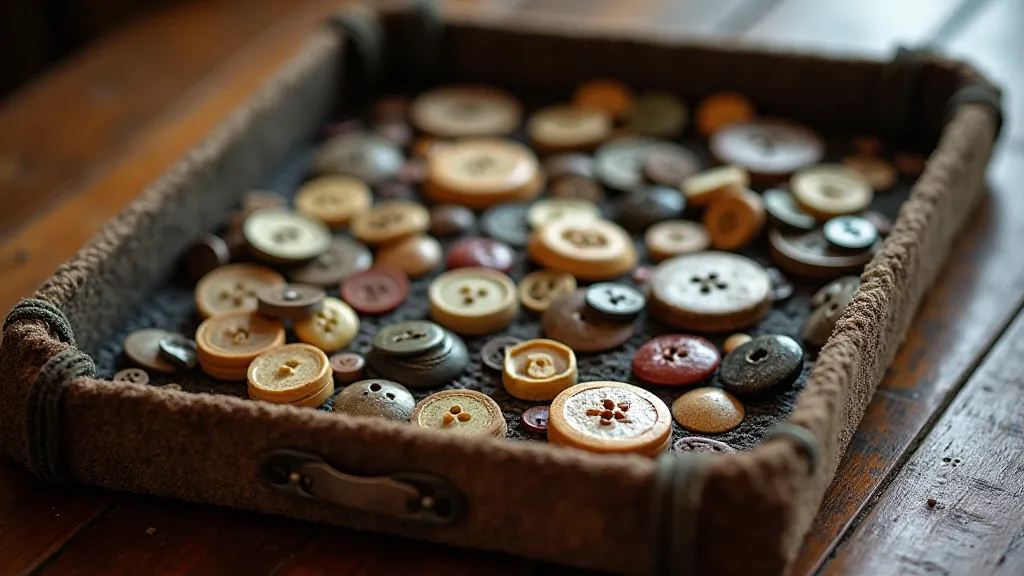
The beauty of collecting vintage buttons lies not just in their aesthetic appeal, but in the stories they hold. By slowing down, observing, and allowing our imaginations to wander, we can unlock a wealth of poetic inspiration and connect with the past in a profound and meaningful way. Each button offers a verse, waiting to be heard.
